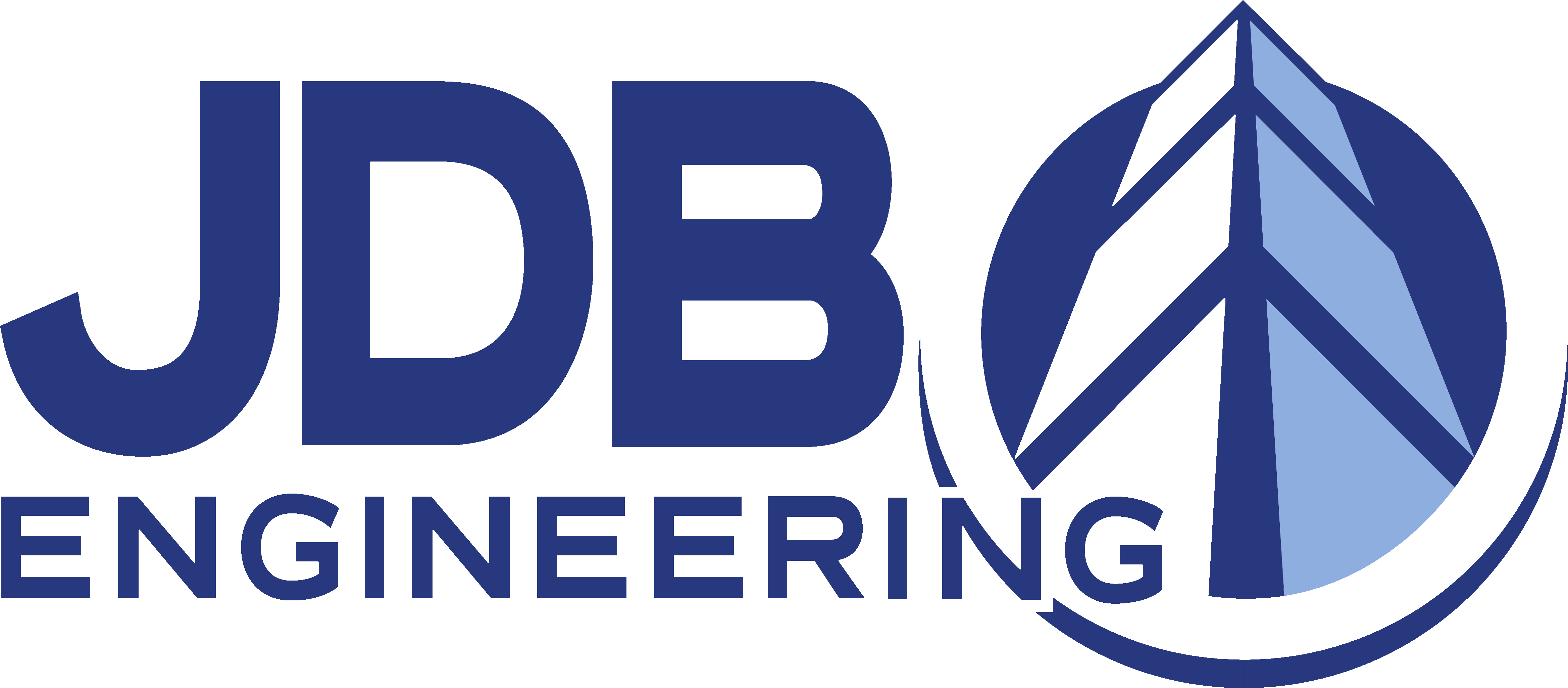by Scott D. Butcher, FSMPS, CPSM
Ask MEP engineering firms around the country about their use of building information modeling (BIM) for designing mechanical, electrical, and plumbing engineering systems, and you’re bound to get myriad opinions on whether or not the industry should fully adopt it.
Two of the overriding reasons against full integration of BIM are actually very sound arguments. First, MEP design using traditional CADD software is often cheaper and faster. Second, many of the trade contractors have not yet adopted BIM into their workflow.
I can’t argue with either of those: for a lot of firms slowly making the transition from traditional CADD to Revit, they are still able to complete drawings faster using programs like AutoCAD. And certainly many contractors have been slow to incorporate BIM – in fact, not just trade contractors, but many general contractors as well.
Of course, it didn’t make much sense for design firms to adopt CADD when it came out. Computers were expensive. No one knew how to use the software. Plus, you needed to buy printers and plotters and the software wasn’t exactly cheap.
Mobile phones didn’t make a lot of sense, either. Do you remember your first cellular phone? Mine was a bag phone. A standard-sized handset with a thick cord and large base. In a bag. With a shoulder strap. I can still remember hiking up Hawksbill Mountain in Shenandoah National Park in the mid-1990s, phone draped over my shoulder so I could make a call when I reached the summit. Once there, I called a friend to brag that I was watching a picturesque sunrise from 4000 feet while he hadn’t even had his first cup of coffee!
Now how many of us can go an hour without our smart phones?
A lot of engineering firms have gone kicking and screaming into the BIM movement. We’ve raised warning flags along the way: “It costs too much.” “There are no equipment models – we have to create them from scratch.” “We have a whole library of details in AutoCAD, and nothing like it exists in the BIM software.” “The sky is falling.”
And yet … the costs have come down. Manufacturers are now providing 3D objects. Many detail and family libraries have been developed. And no, the sky hasn’t fallen.
In our slice of the industry, Revit is the preferred software, and we’ve been a Revit studio for more than five years; in fact, we began using the software seven years ago, and our implementation has increased every year since. To be fair, we still do about 10% of our work in AutoCAD.
A lot of great MEP firms out there are half-pregnant: they are partially using AutoCAD, partially using BIM. Many still prefer AutoCAD, and with good reason.
But for JDB Engineering, the benefits of fully integrating BIM into our process greatly outweighed the negatives. All design firms reached that point years ago when transitioning from hand drafting to CADD. And while my early-morning call from the top of the Blue Ridge Mountains was merely an exercise in vanity (Ha-ha! I have a multi-pound bag phone and you don’t!), the ability to make calls – business or personal – when “on the road” simply became too valuable to not have. And that was long before most of us could even get email or surf the Internet on our phones.
Building Information Modeling makes the most sense when you have a truly integrated team all working from the same model: architects, engineers, contractors. Furthermore, with the construction side, you can add in 4D (adding elements of time) and 5D (adding elements of cost) for a truly integrated model. But most owners haven’t yet realized the true benefits of BIM and 6D (adding facilities lifecycle management to the model).
The fully-integrated design/construction/operations solution is a rare thing right now, but that is changing, too.
Here’s why JDB Engineering is bullish on BIM:
Integration of systems and building. It’s something special to see a complete building model with all disciplines – to have the team working from a single model. Conflicts are avoided, clashes are reduced, and schedules can be expedited. We’ve worked with architects that don’t use Revit or BIM software, and provided us drawings in AutoCAD. But we like intelligent software, so we’ve become proficient at creating rudimentary architectural models from which we can design our systems in three dimensions.
Design in Three Dimensions. Speaking of 3D, it just makes sense for a lot of projects. Because we do a lot of work in the industrial space, the ability to design piping and ductwork in 3D, and add in chiller or process equipment, is critical to success. Maintenance clearances and accessibility are extremely important, and with BIM we can build it on the computer before it is constructed in the field.
Project Visualization. We’ve actually helped some of our manufacturing clients virtually construct production lines utilizing BIM. Then we’ve sat with them and looked at the model from every angle. They can see the interface of their processes with the building and engineered systems, and we can essentially redesign “on the fly” to make improvements. Trust us, this is a heck of a lot better than trying the same thing in the field! Plus, the 3D models provide far greater communication of design intent than 2D applications.
Parametric Changes. A big word, I know. Basically this means that any changes are carried throughout the model and any content (information/data) linked to it. So while CADD was essentially a tool to draft, BIM is a truly tool to engineer.
Interference Avoidance. We’ve all heard the story about the project where ductwork and structural steel were designed to be located in the exact same place. That’s a big oops and, by the way, a very common oops in the design and construction industry. With BIM we can catch – or better yet, avoid – these interferences during the design stage, not during construction. This translates directly to dollars, because change orders are reduced and construction moves faster without the start-stop-start-stop inherent with change orders.
Native BIM Users. Sooner or later we all get to be old dogs, watching the young ones perform new tricks. For the Millennial generation, which is rapidly becoming a major percentage of the workforce, using BIM software is native. AutoCAD is foreign to them – or even viewed as an archaic tool that has gone the way of the Walkman and cassette tape! So it make sense to use a platform that the majority of your computer operators and engineers are already skilled at using, not force them to learn yesterday’s technology!
Because BIM is such a collaborative tool, the natural byproduct is increased communication among project team members, which is always a good thing. Plus, to get the model where it needs to be in the initial stages of a design project, early scope agreement is critical. Thus, meaningful conversations are organic, not forced, and clients benefit from informed decision-making throughout the design process. There are many other benefits, like enhanced sustainable design and improved cost estimating.
From our experience, the transition from drafting board to Computer-Aided Design and Drafting was slow to develop. However, with today’s rapidly advancing technologies, coupled with ever-increasing demands from clients (Faster delivery! Better quality! Greater teamwork! Safer jobsites!), the integration of Building Information Modeling is occurring far more rapidly. You’ve heard the expression that you must “lead, follow, or get out of the way.” We’ve chosen to lead.
So is BIM for MEP ready for prime time? Absolutely. We’ve developed integrated building models for manufacturing facilities, chocolate processing plants, distribution centers, educational buildings, cleanrooms, laboratories, and office buildings, to name a few. The Building Information Model is only as good as what is put into it – so when selecting an engineering firm to develop a building model for your next project, make sure their practice is truly a BIM studio, and that they’ve already learned the important lessons that come along with moving from a static design package to intelligent, game-changing software.
Curious to learn more or talk about your next project? Our company president, Tim Warren, is our resident BIM-vangelist. He’d love to chat. Reach him at 717-434-1566 or twarren@jdbe.com.





